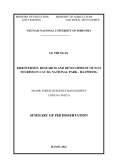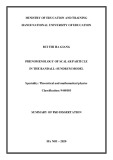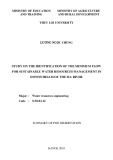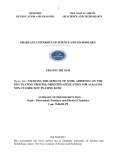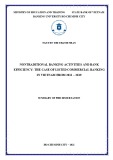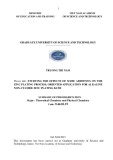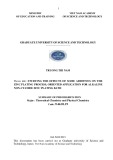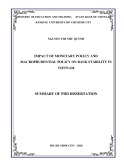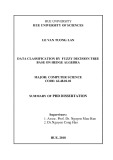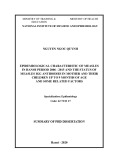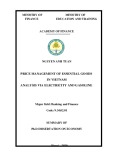
1
CHAPTER 1. GENERAL INTRODUCTION
1.1. Theoretical context
As defined by OECD (2008), foreign direct investment is a
type of cross-border investment with the goal of establishing long-
term benefits in an enterprise that is residing in another economy.
Many studies explain the role of foreign direct investment: For
investors to seek more attractive profit margins in foreign markets
(Agarwal, 1980; Moosa, 2002) or to implement diversification of
investment activities (Tobin, 1958; Markowitz, 1959; Moosa, 2002)
or influenced by output output and market size of the receiving
country (Balassa, 1966; Moore 1993; Wang & Swain, 1995). By
assessing the outward investment motives of Japanese enterprises,
Kreinin et al. (1999) concluded that "market share protection is one
of the most important motivations for FDI." For countries receiving
capital, OECD (2002) pointed out that FDI creates a spillover effect
on technology, supports investment in human resources, contributes
to the nation's international trade integration, helps create a business
environment. more competitive and increase the development of
businesses. All of these contributes to higher economic growth and is
seen as an effective solution to help economic growth in developing
countries. According to Grossman and Helpman (1991), Hermes and
Lensink (2003) point out that FDI plays an important role in
modernizing and promoting the development of the economy in the
host country. Johnson (2005) in the study of the impact of FDI on
economic growth, concluding FDI impacts on host countries,
especially the group of developing countries mainly in the form of
physical capital and technology, in particular, technology is a key
factor. According to Kemp (1962), capital mobility is due to






